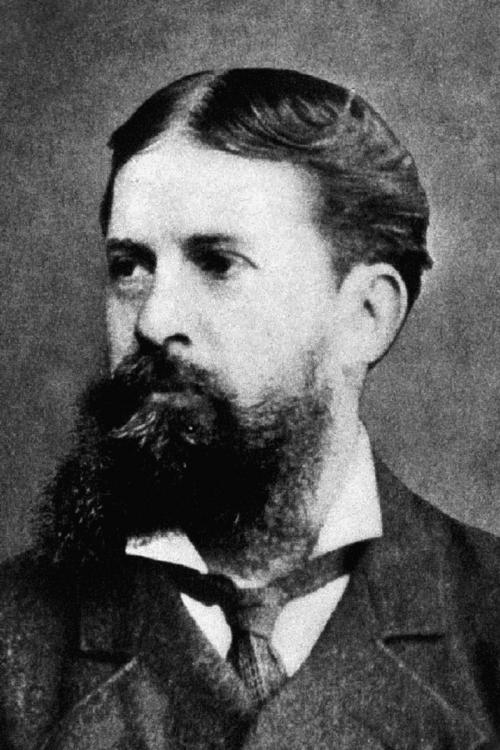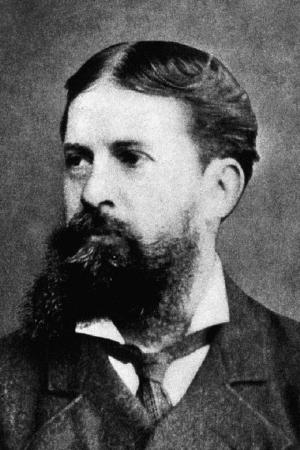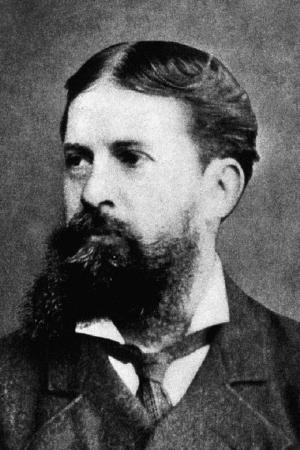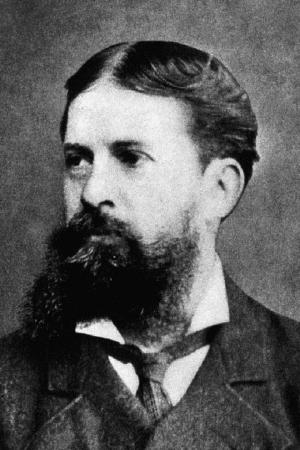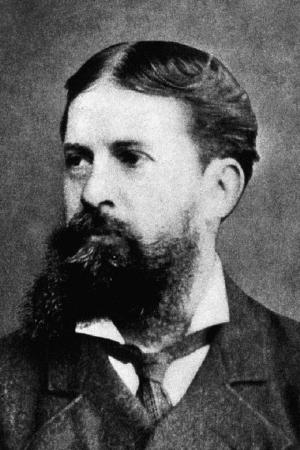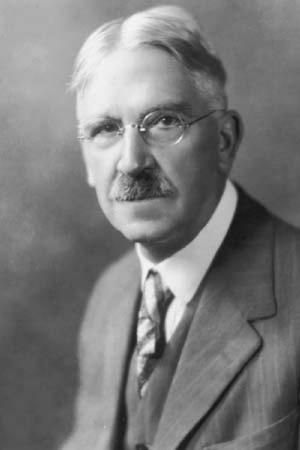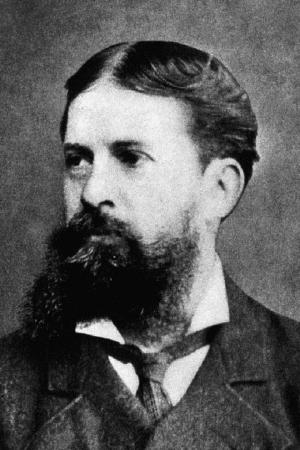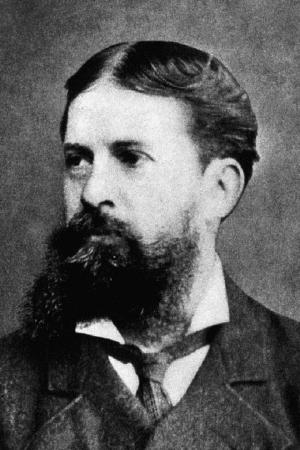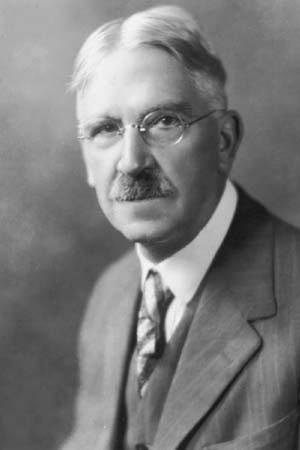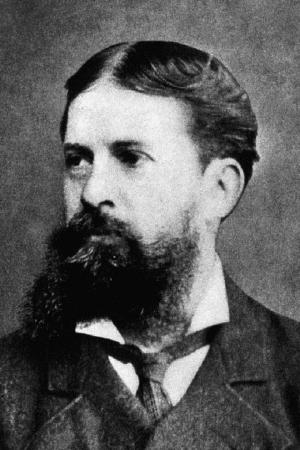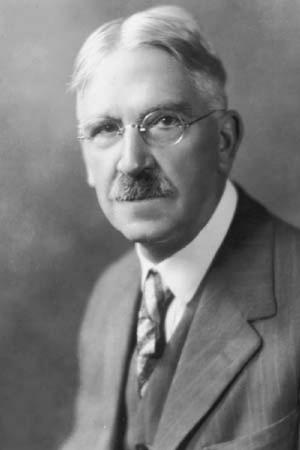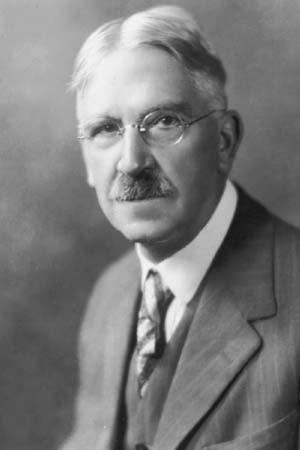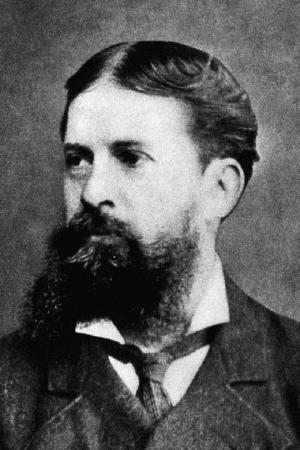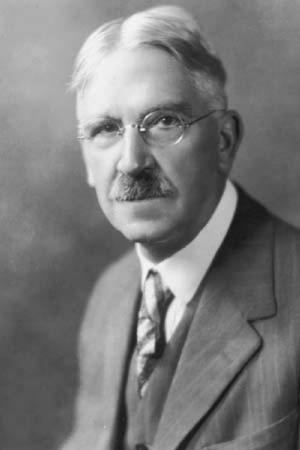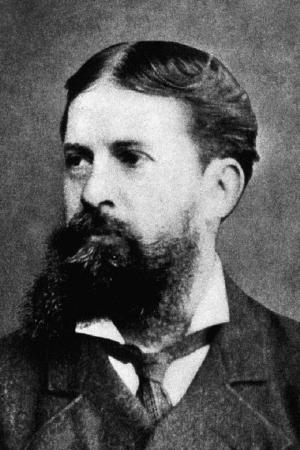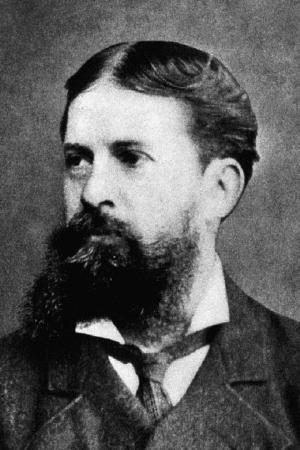Charles Peirce on Mathematical Logic and Foundations (Illustrated)
Business & Finance, Economics, Macroeconomics| Author: | Charles Peirce, Timeless Books: Editor | ISBN: | 1230001227642 |
| Publisher: | Timeless Books | Publication: | July 14, 2016 |
| Imprint: | Language: | English |
| Author: | Charles Peirce, Timeless Books: Editor |
| ISBN: | 1230001227642 |
| Publisher: | Timeless Books |
| Publication: | July 14, 2016 |
| Imprint: | |
| Language: | English |
The book has an active table of contents for readers to access each chapter of the following titles:
1. ON AN IMPROVEMENT IN BOOLE'S CALCULUS OF LOGIC - CHARLES PEIRCE
2. DESCRIPTION NOTATION FOR THE LOGIC OF RELATIVES - CHARLES PEIRCE
3. ON THE ALGEBRA OF LOGIC - CHARLES PEIRCE
4. ON THE LOGIC OF NUMBER - CHARLES PEIRCE
5. LOGIC OF RELATIVES - CHARLES PEIRCE
6. THE REGENERATED LOGIC - CHARLES PEIRCE
In 1934, Paul Weiss, an American philosopher, the founder of The Review of Metaphysics, and the Metaphysical Society of America, called Charles Peirce "the most original and versatile of American philosophers and America's greatest logician".
In 1943, Webster's Biographical Dictionary added Charles Peirce’s introduction as "now regarded as the most original thinker and greatest logician of his time."
Max Fisch, a well-known writer of identity, individuality, responsibility, morality, and political commitment, commented Charles Peirce as the follow:
“Who is the most original and the most versatile intellect that the Americas have so far produced? The answer Charles S. Peirce is uncontested, because any second would be so far behind as not to be worth nominating. He was mathematician, astronomer, chemist, geodesist, surveyor, cartographer, metrologist, spectroscopist, engineer, inventor; psychologist, philologist, lexicographer, historian of science, mathematical economist, lifelong student of medicine; book reviewer, dramatist, actor, short story writer; phenomenologist, semiotician, logician, rhetorician and metaphysician.”
Without any doubt, Charles Peirce is in the row of the best minds with Henry George, William James, Thorstein Veblen, and Ludwig Wittgenstein.
In 1867, Charles Peirce published the book to his theory of calculus and logic ON AN IMPROVEMENT IN BOOLE'S CALCULUS OF LOGIC. He discussed and the refined Boole’s symbolic algebra that was proposed in the original work of THE CALCULUS OF LOGIC by George Boole. He basically improved a system for propositional logic based on five axioms including what is now called Peirce's law.
In 1870, Charles Peirce published a remarkable book to his theory of algebra and logic DESCRIPTION NOTATION FOR THE LOGIC OF RELATIVES. He answered the logic of relative terms and studied relations as represented in symbolic forms known as rhemes, rhemata, or relative terms.
In 1880, Charles Peirce published his book to his theory of Algebra and Logic ON THE ALGEBRA OF LOGIC. He discussed the extensional semantics and introduced a usual assumption of modern semantics: the extension of a concept that could be understood as a class and could be empty or universe. He basically introduced a system for propositional logic based on five axioms including what is now called Peirce's law.
In 1881, Charles Peirce published a remarkable paper to his theory of Algebra and Logic ON THE LOGIC OF NUMBER. He answered a watershed in nineteenth century mathematics by providing the first successful axiom system for the natural numbers. The paper was one of the major achievements of the nineteenth century in the foundations of mathematics.
In 1896, Charles Peirce published a remarkable book to his theory of algebra and logic THE REGENERATED LOGIC. He pushed the logic of relative terms into a radically new phase of development.
In 1897, Charles Peirce published a remarkable book to his theory of algebra and logic THE LOGIC OF RELATIVES. He argued that the treatment of relations by way of their corresponding relative terms and presented a distinctive perspective on the subject. The axiom proposed by Peirce is that all angles of approach must ultimately converge on the same formal subject matter.The book is also one of the major achievements of the nineteenth century in the foundations of mathematics and it is important for understanding Peirce's classification of the sciences.
This is a must-read collection for comprehending the foundational thoughts of Math, Logic, and Philosophy by Charles Peirce.
The book has an active table of contents for readers to access each chapter of the following titles:
1. ON AN IMPROVEMENT IN BOOLE'S CALCULUS OF LOGIC - CHARLES PEIRCE
2. DESCRIPTION NOTATION FOR THE LOGIC OF RELATIVES - CHARLES PEIRCE
3. ON THE ALGEBRA OF LOGIC - CHARLES PEIRCE
4. ON THE LOGIC OF NUMBER - CHARLES PEIRCE
5. LOGIC OF RELATIVES - CHARLES PEIRCE
6. THE REGENERATED LOGIC - CHARLES PEIRCE
In 1934, Paul Weiss, an American philosopher, the founder of The Review of Metaphysics, and the Metaphysical Society of America, called Charles Peirce "the most original and versatile of American philosophers and America's greatest logician".
In 1943, Webster's Biographical Dictionary added Charles Peirce’s introduction as "now regarded as the most original thinker and greatest logician of his time."
Max Fisch, a well-known writer of identity, individuality, responsibility, morality, and political commitment, commented Charles Peirce as the follow:
“Who is the most original and the most versatile intellect that the Americas have so far produced? The answer Charles S. Peirce is uncontested, because any second would be so far behind as not to be worth nominating. He was mathematician, astronomer, chemist, geodesist, surveyor, cartographer, metrologist, spectroscopist, engineer, inventor; psychologist, philologist, lexicographer, historian of science, mathematical economist, lifelong student of medicine; book reviewer, dramatist, actor, short story writer; phenomenologist, semiotician, logician, rhetorician and metaphysician.”
Without any doubt, Charles Peirce is in the row of the best minds with Henry George, William James, Thorstein Veblen, and Ludwig Wittgenstein.
In 1867, Charles Peirce published the book to his theory of calculus and logic ON AN IMPROVEMENT IN BOOLE'S CALCULUS OF LOGIC. He discussed and the refined Boole’s symbolic algebra that was proposed in the original work of THE CALCULUS OF LOGIC by George Boole. He basically improved a system for propositional logic based on five axioms including what is now called Peirce's law.
In 1870, Charles Peirce published a remarkable book to his theory of algebra and logic DESCRIPTION NOTATION FOR THE LOGIC OF RELATIVES. He answered the logic of relative terms and studied relations as represented in symbolic forms known as rhemes, rhemata, or relative terms.
In 1880, Charles Peirce published his book to his theory of Algebra and Logic ON THE ALGEBRA OF LOGIC. He discussed the extensional semantics and introduced a usual assumption of modern semantics: the extension of a concept that could be understood as a class and could be empty or universe. He basically introduced a system for propositional logic based on five axioms including what is now called Peirce's law.
In 1881, Charles Peirce published a remarkable paper to his theory of Algebra and Logic ON THE LOGIC OF NUMBER. He answered a watershed in nineteenth century mathematics by providing the first successful axiom system for the natural numbers. The paper was one of the major achievements of the nineteenth century in the foundations of mathematics.
In 1896, Charles Peirce published a remarkable book to his theory of algebra and logic THE REGENERATED LOGIC. He pushed the logic of relative terms into a radically new phase of development.
In 1897, Charles Peirce published a remarkable book to his theory of algebra and logic THE LOGIC OF RELATIVES. He argued that the treatment of relations by way of their corresponding relative terms and presented a distinctive perspective on the subject. The axiom proposed by Peirce is that all angles of approach must ultimately converge on the same formal subject matter.The book is also one of the major achievements of the nineteenth century in the foundations of mathematics and it is important for understanding Peirce's classification of the sciences.
This is a must-read collection for comprehending the foundational thoughts of Math, Logic, and Philosophy by Charles Peirce.
